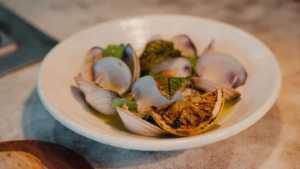(5 minute read)
When promoted or hired into a management job, you become the person in charge of the quality of the experience delivered. In the case of a Restaurant Manager, Boss, Maitre or Captain, however the position is named in the structure, this person’s mission is to ensure that consistency is delivered across all points of contact between the guest and the restaurant.
Points of contact are all those moments in which the customer interacts with a product or service, and through which one gets to experience what it stands for. There are the obvious ones, where people interact or the actual consumption moment; like the reservation process, the arrival, the welcoming, the restaurant’s ambiance, the culinary quality of the food and beverage, and the timing of service. And each of them also has an underlining subtleties, the details and happenings that surprise the customer along the different encounters and moments that take place throughout the dining and drinking. The clever and thoughtful elements that communicate the values of the brand to distinguish it from the rest; like the color and texture palette, the logo, the visible culture, the common trait in the staff, the tone of all communication, the variety and diversity of senses and emotions that are pursued. The capacity to follow up on the quality of the delivery of all of these moments of truth, makes up the restaurant manager’s job.
A management position is often an aspiration to exercise more influence, a desire for growth and the joy of a bigger pay. It is a desire that could be blind to the challenges that come with or a naivety about how hard it can be sometimes to be responsible for everything and everyone. Upon entering the shiny new position in the restaurant, ideally, you get a lot of information about the guidelines, activities, expectations, and excitements that come with that job.
So, you get ready and can’t wait to start, hopefully you get introductions and briefs, explanations and manuals. There are tons of tools and management models available that you can follow, many of them useful of course, but the truth is that it is hard to boil it down to how to put it all to play. How exactly you start to actually manage:
verb. man·age. ˈman-ij. managed; managing. : to look after and make decisions about : direct.
There are three elements that all points of contact between the experience and the customer have in common, which basically you are in charge of: time, the human element, and the technical details. These three, if attended to properly, intentionally and diligently, they deliver all the good management results you are after.
Time sets all the rules of the game, the what-how-when will be determined by it and understanding the timing in which everything takes or should take place is essential for a smooth operation. This goes from the obvious like opening and closing hours, shifts, meetings, to measured times of production and delivery, to hiring process duration, the amount of time it takes someone new to learn all the basic info about the menu or a calendar prepared for a team member with the path to their promotion. Time should not be an invisible element that passes by, the Manager must make it an ally, a tool and an objective. Time must be a variable always considered in any decision making process by its multiple angles, impositions, constrictions and benefits. Using data coming from time calculations of all sorts will point out the amount of processes that are needed to achieve consistency in all fronts.
The human element refers to a simple truth: people is business. Period. Everyone’s humanity is indivisible from every point of contact that takes place, we all have feelings, thoughts, sensations and emotions all the time; while at work, while on vacation, while enjoying a meal and while serving one. So, this attention to human detail must apply to all decisions you make, you must always give room to consider the effects and consequences it will have on your team, your close circle (supervisors), your customers, your suppliers, and the community. All the dimensions of the human experience you provide and support under your management are yours to: study, prepare, analyze, follow up, design, anticipate, and curate. Care about what goes on at a deeper level and figure out how every human point of interaction could be more meaningful and impactful.
Finally, the technical details, the nitty gritty of what is done and how it is presented, the quality of what is delivered is defined by the brand’s values, its ethos. Obsessing with details to every part that makes up the experience of the restaurant, gives way to build consistency and trust with everyone. As the manager, you are the guardian of the businesses’ identity and your success is defined by how you care for both stakeholders and shareholders. Hopefully, you will take no shortcuts. Set up systems that guarantee follow up and supervision, review things deeply, rethink existing “sacred” beliefs, spend time imagining how everything could be better, how could anything be a better version of itself. Just make sure you keep people over processes and all will go well under your watch.
Being in charge requires the capacity to structure a strategy, make one for each of the areas per point of contact: time parameters, emotions and sensations, and technical requirements. Define goals and draw the tactics to reach each. Ensure all three elements are considered and advance in the same direction to ensure success, integrity is fundamental. The infamous To-do list of a Restaurant Manager can be three then, for each you must deploy an ability that you must constantly keep feeding and nurturing: patience for time, empathy for humanity and a growth mindset for the technical aspect. There you go. Easy breezy. Have fun.






